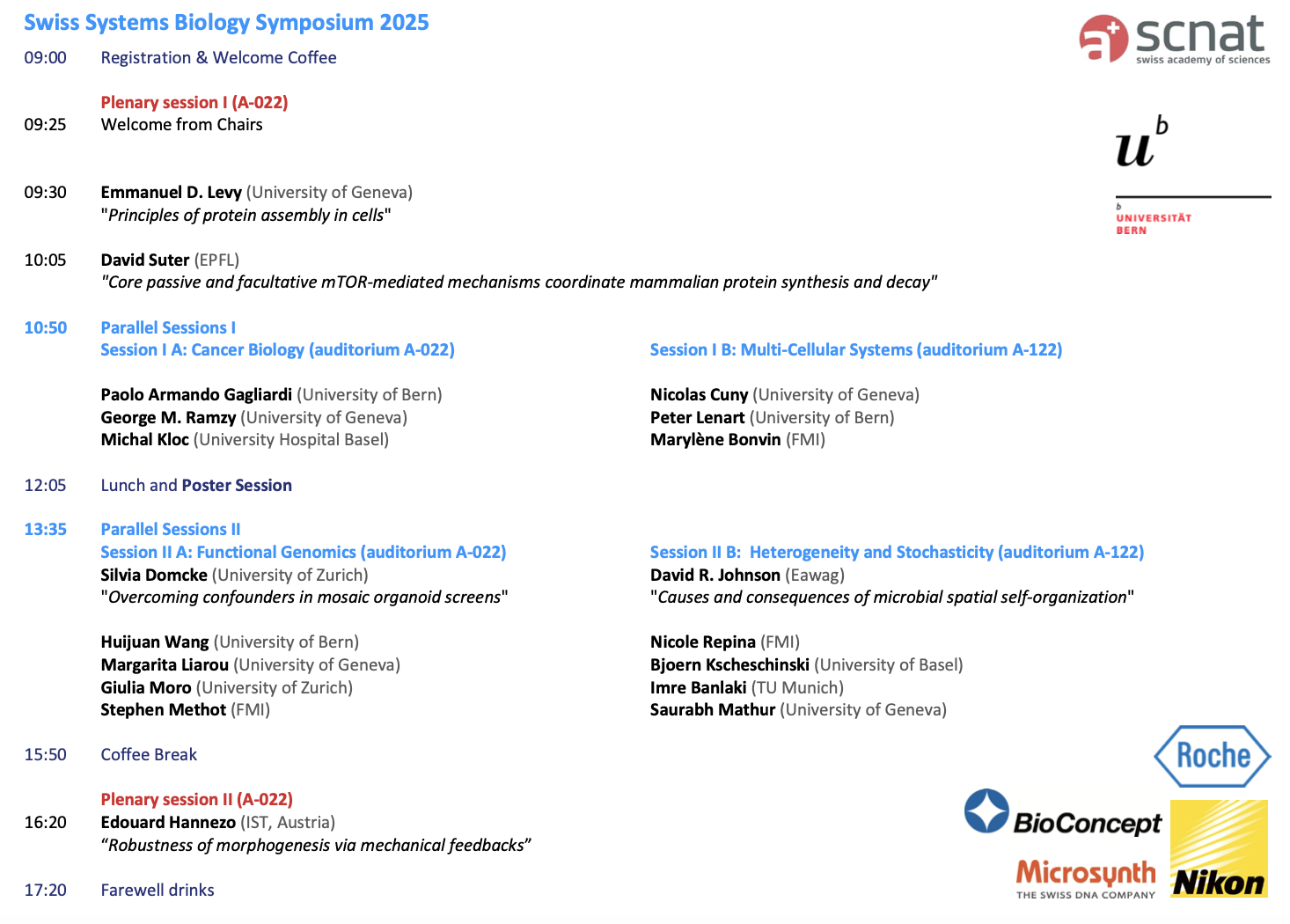Keynote speakers
|
Leeat Keren (Weizmann Institute of Science, Rehovot, IL) Leeat Keren’s research group investigates human pathology, including cancer, autoimmune disorders and infectious disease, as the result of complex processes that depend on the interplay between malignant cells, stroma, and the immune system. Her research is focused on understanding how different cells interact as a system in health and disease to collectively define progression and outcome in response to treatment. The group is at the forefront of combining high-dimensional imaging methods with advanced computational analysis, artificial intelligence and clinical collaborations. They follow the ultimate goal of achieving in-depth understanding of systemic, trans-cellular interactions leading to the development of better treatments and diagnostics. |
 |
|
Edouard Hannezo (Institute of Science and Technology, Vienna, AT) Edouard Hannezo’s research asks how cells know how to behave at the right place and time during embryonic development. His group investigates design principles and processes of self-organization in biology during embryonic development across scales. Research areas include self-organization of cytoskeletal for orchestrated force generation, coordinated acquisition of cell fate and shape during development, and the self-organizing principles of tissue morphogenesis. The group takes a unique interdisciplinary approach, applying methods from theoretical physics, such as solid and fluid mechanics, statistical physics as well as soft matter approaches, in close collaboration with cell and developmental biologists. |
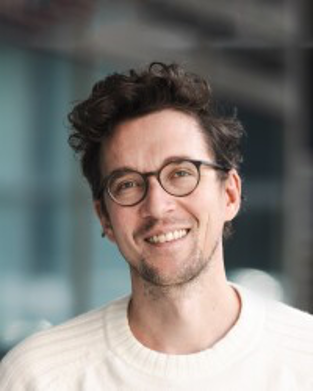 |
Speakers in parallel sessions
|
Silvia Domcke (University of Zurich) Silvia Domcke’s research group at the University of Zurich studies how genes and cell fates are regulated, with the aim of controlling cell state transitions in development and disease. Their research uses a combination of mammalian cell culture models, high through-put CRISPR screens, single cell genomics assays and computational approaches. Before joining the University of Zurich, Silvia was a computational team lead at a San Francisco-based biotech startup, pioneering a mosaic in vivo screening platform for drug discovery and an Affiliate Assistant professor at the University of Washington in Seattle, where she developed single-cell genomics techniques and multiplexed CRISPR screens. |
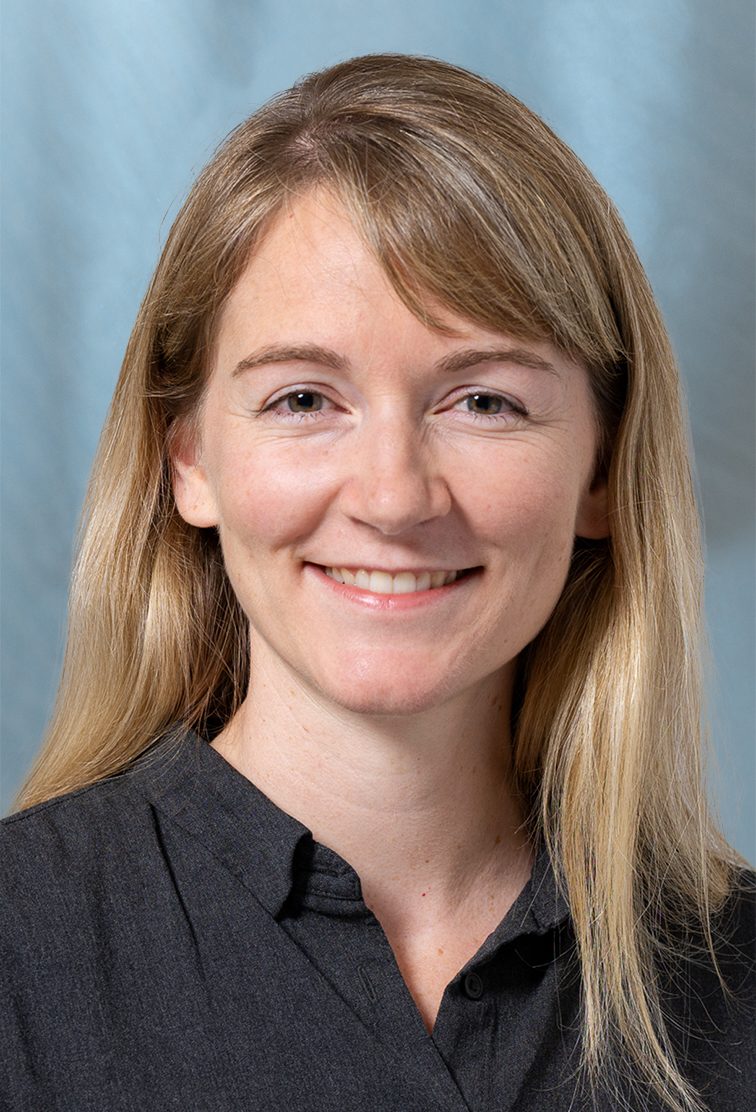 |
|
David Suter (Institute of Bioengineering, EPFL) David Suter studied medicine and obtained a MD/PhD at the University of Geneva. He conducted postdoctoral research at the University of Geneva with Ueli Schibler, where he developed a bioluminescence imaging approach to study transcriptional bursting. He then moved to Harvard University for a second post-doc with Sunney Xie, where together with Christoph Gebhardt he developed a method allowing for single molecule imaging of transcription factor dynamics in mammalian cells. He then established his laboratory at the Institute of Bioengineering in the School of Life Sciences at EPFL in Lausanne, Switzerland, first as an Assistant Professor in 2013, and was promoted to Associate professor in 2021. His laboratory combines acute loss of function tools such as degrons with a broad range of genomics approaches and single cell/single molecule microscopy to study gene regulation. His present research focuses on transcriptional memory, protein turnover, and the role of transcription factors and chromatin remodelers in gene regulation.
|
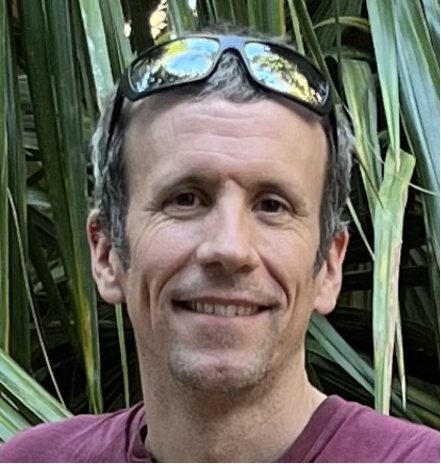 |
|
Emmanuel Levy (University of Geneva) The overarching goal of our research is to characterize the general principles by which proteins self-organize. In this endeavor, we integrate computational and experimental approaches: we combine high-content imaging with structural biology techniques, proteomics, genetic engineering, bioinformatics, and more. Our favorite pet is budding yeast. Life processes involve an intricate choreography between tens of millions of protein building blocks that form the infrastructure of cells. Recent technological advances have revealed the catalogs of proteins present in various cells and organisms. However, understanding how these proteins assemble and work together is an extraordinarily complex task. I will present recent work from my lab that aims at addressing this challenge using in silico and in vivo approaches. |
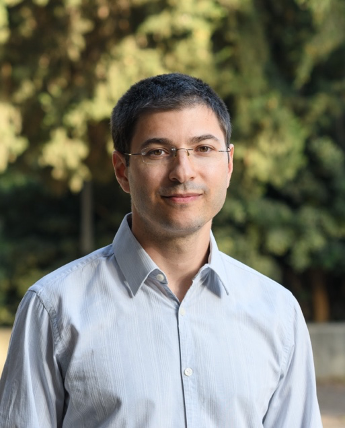 |
|
David R. Johnson (Eawag) David is a group leader at the Swiss Federal Institute of Aquatic Science and Technology. His team investigates spatial self-organization in microbial communities. Different cell-types are not arranged randomly across space. Instead, they arrange themselves non-randomly and form spatial patterns. David's research aims to understand the causes and consequences of spatial self-organization. Why do certain patterns emerge? How do these patterns affect the dynamics and behaviors of microbial systems? Learning more about these processes can also allow to rationally manipulate spatial self-organization to achieve biotechnological and public health objectives. |
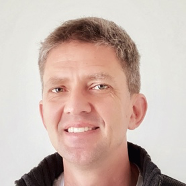 |
